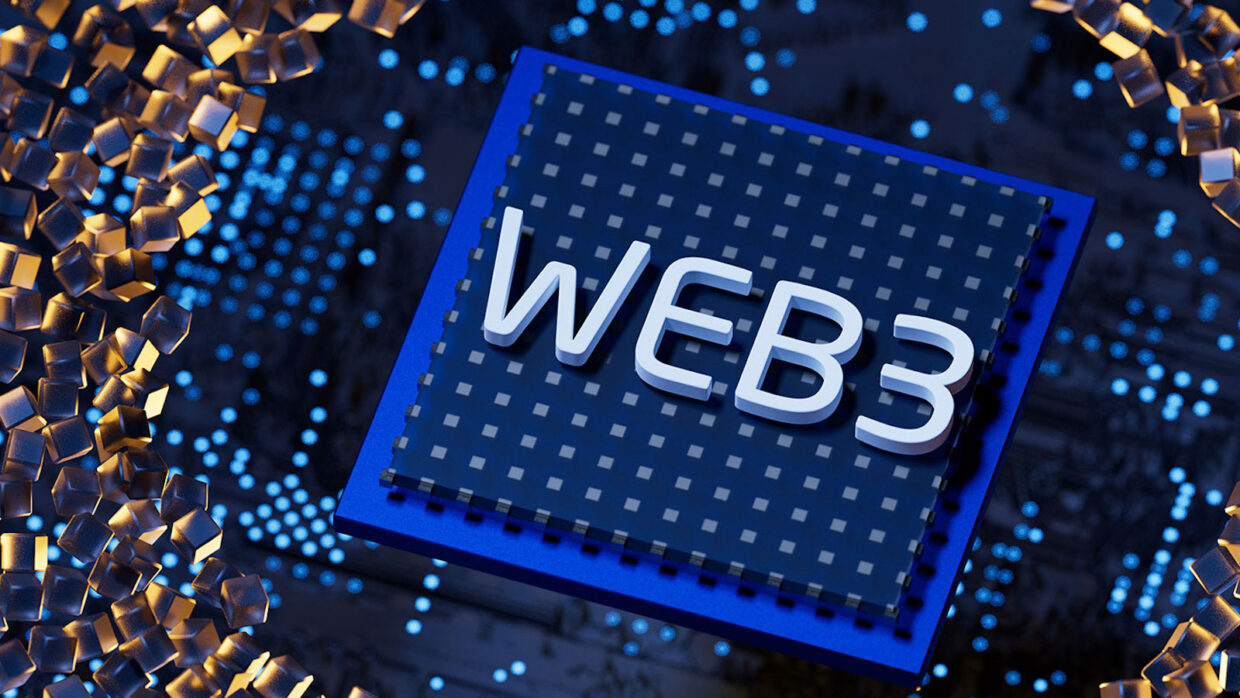In 2023, two technological phenomena continue to dominate the discourse: artificial intelligence (AI) and Web3. While both have been hailed as transformative forces, the potential of their integration presents a compelling narrative for the future of technology.
Web3, the next generation of the internet, is built on decentralization and user data ownership. It combines the foundational elements of Web 1.0 and the interactive features of Web 2.0, offering a secure, personalized and transparent user experience. However, the rise of AI, with its human-like intelligence, has raised questions about Web3’s continued relevance.
Contrary to the notion of one technology overshadowing the other, experts argue that AI and Web3 are complementary. AI can enhance the functionality and usability of Web3 applications, making them more personalized and efficient. Conversely, Web3 can provide a secure, transparent and fair platform for AI operations. This synergy could lead to new business models and incentives, such as tokenization and governance.
The integration of AI and Web3 is not just theoretical; it’s already happening. For instance, Solana, a high-performance blockchain, has integrated with ChatGPT, an AI language model developed by OpenAI. This integration exemplifies the potential of combining AI’s data processing capabilities with Web3’s decentralized governance frameworks.
However, the integration of AI and Web3 is not without challenges. Concerns about complexity, security and regulatory issues persist. Some industry leaders, including OpenAI’s Sam Altman, have called for an international regulatory body to oversee AI innovation, highlighting the need for responsible experimentation and adoption.
The potential of AI and Web3 extends beyond individual applications to problem-solving on a global scale. Imagine a decentralized autonomous organization focused on curing cancer, where AI manages donations, tracks members, disburses payments and even proposes specific tasks and potential participants. This scenario illustrates how the combination of AI and Web3 could revolutionize research efforts and coordination problems.
As we move forward, it’s crucial to recognize that the true potential lies in the integration of AI and Web3, rather than viewing them in isolation. This approach enables us to overcome the limitations of traditional systems and scale up problem-solving processes that were previously deemed too complicated.
The convergence of AI and Web3 is not a zero-sum game. Instead, it’s potentially a match made in tech heaven that could unlock new levels of effectiveness and innovation in problem-solving endeavors. As we continue to explore this exciting frontier, the future of technology will be shaped by the synergy of AI and Web3.



